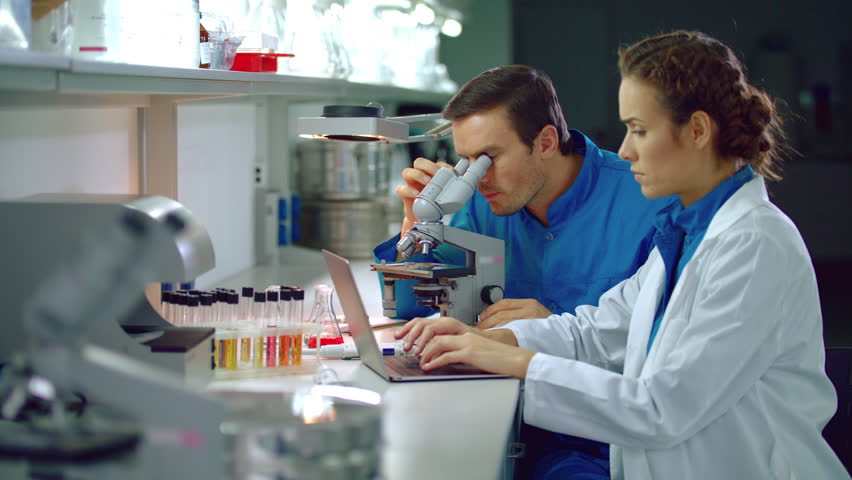Researchers use artificial beta cells for treating diabetes
November 01, 2017 | Wednesday | News
These artificial beta cells (AβCs) mimic the functions of the body's natural glucose-controllers, the insulin-secreting beta cells of the pancreas.
Image credit- shuttershock
A group of researchers from the University of North Carolina have now developed a much more patient-friendly option for treating diabetes- artificial cells that automatically release insulin into the bloodstream when glucose levels rise.
These artificial beta cells (AβCs) mimic the functions of the body's natural glucose-controllers, the insulin-secreting beta cells of the pancreas.
These cells contain specially designed, insulin-stuffed vesicles. A rise in blood glucose levels leads to chemical changes in the vesicle coating, causing the vesicles to start fusing with the AβC's outer membrane, thus releasing the insulin payloads.
The AβCs could be subcutaneously inserted into patients, which would be replaced every few days, or by a painless and disposable skin patch.
The group further plans to optimize and test these synthetic cells in larger animals, develop a skin patch delivery system for them, and ultimately test them in people with diabetes.
The cell-free skin patch, a senses blood glucose levels and secretes insulin into the bloodstream as needed.










